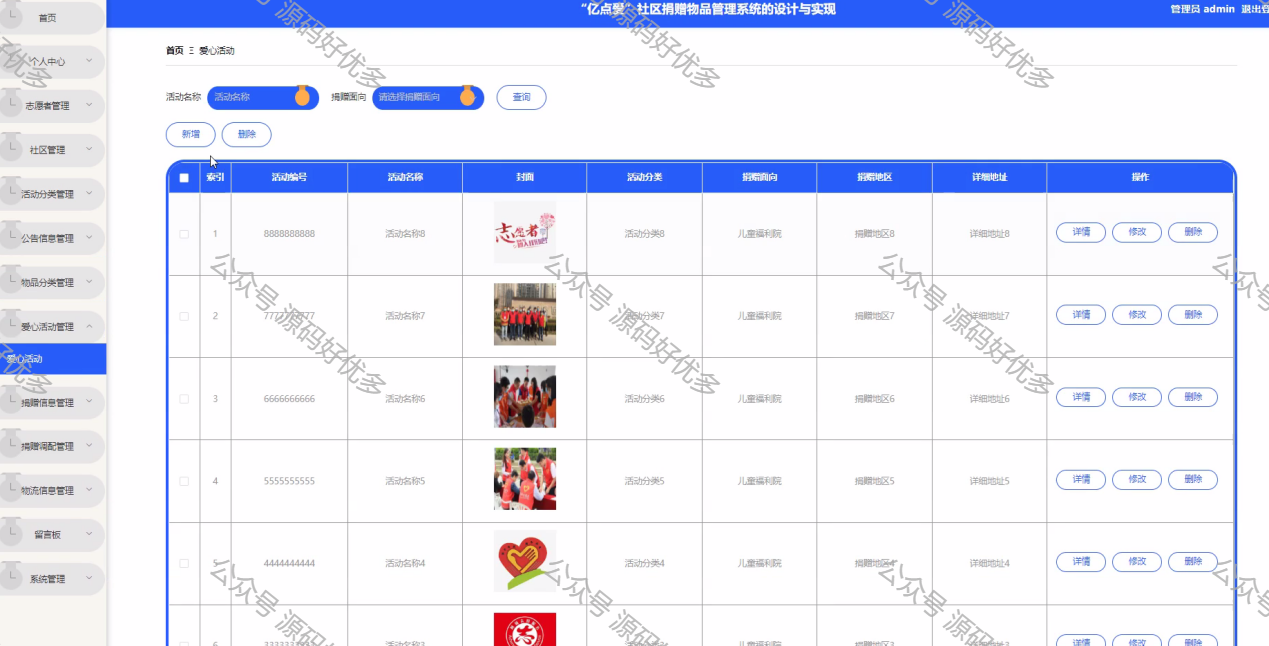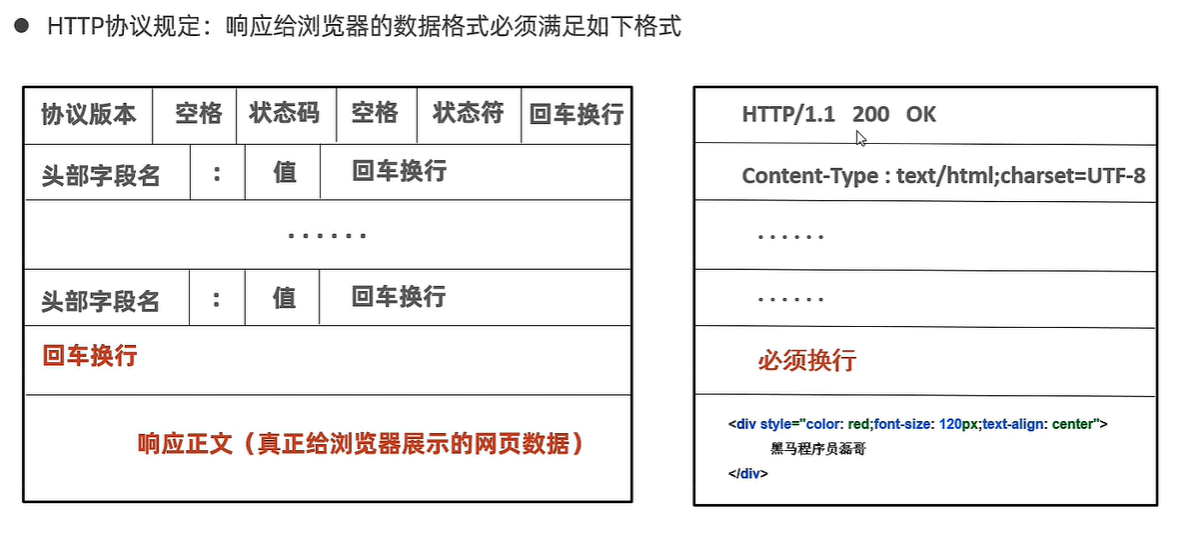LEAN 通过 类型类(Type Class)来提供的多态机制(Polymorphism)。
以∅:Set α 为例,有 Set α 实现 class EmptyCollection。
![]()
其中,class EmptyCollection 定义如下:

也就是,符号 ∅ 或 {},LEAN 编译器会转译成,EmptyCollection.emptyCollection。当对应的类型是 Set α,如 ∅:Set α,那么,因为 Set α 实现了 class EmptyCollection,因此,EmptyCollection.emptyCollection:Set α 会转换成,〈fun _ ↦ False〉:Set α。
这是,LEAN 通过 类型类(Type Class)来提供的多态机制(Polymorphism)。当 Set α 实现了 class EmptyCollection,即上上图所示。其中,instance 关键字相当于 定义一个无名对象(anonymous object),记为 xxx,其类型为 EmptyCollection (Set α),其包含了一个类型为Set α,值为〈fun _ ↦ False〉 的 成员 emptyCollection。并且,将该对象注册在一个类型类实例化表(Type class instance table)里,包含了,EmptyCollection 有多少个不同的实例信息。当遇到 EmptyCollection.emptyCollection:Set α 时,编译器,会发现,EmptyCollection 是一个 type class,并推断其类型参数α 为 Set α,因此,会去类型类实例化表寻找 类型为 EmptyCollection (Set α) 的实例,即,上面通过 instance 定义的无名对象,实际是有唯一名称的,只是没显示给用户看而已。找到那对象 xxx 后,会使用其 emptyCollection 成员,替代 EmptyCollection.emptyCollection,同时,其emptyCollection 成员的实现为 〈fun _ ↦ False〉,那么,就有,〈fun _ ↦ False〉:Set α。
因此,可以看到 EmptyCollection.emptyCollection 的实际类型,如下:
![]()
其中,[self: EmptyCollection α],对于 ∅:Set α 来说,就是那无名对象 xxx: EmptyCollection (Set α)。
相当于,
fun EmptyCollection.emptyCollection.{u} {α: Type u} [self: EmptyCollection α]: α
:= self.emptyCollection
这样就清楚这个,LEAN 通过 类型类(Type Class)来提供的多态机制(Polymorphism)了。



















